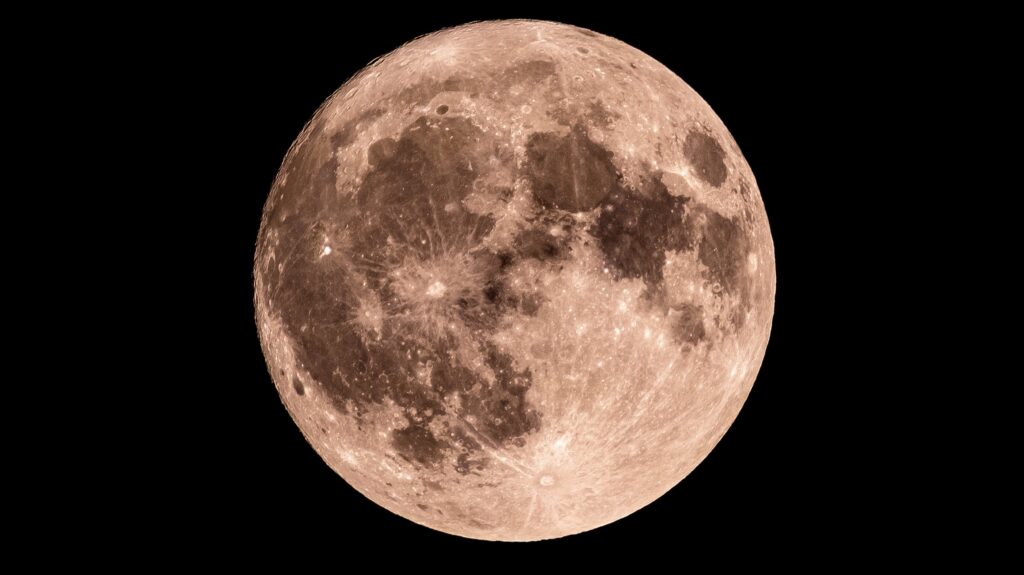
As the night falls on September 27, skywatchers can enjoy the sights of a Waxing Crescent Moon. Currently, only 27% of the lunar surface is illuminated, providing a unique opportunity to observe features on the moon without the need for binoculars or a telescope.
The Waxing Crescent marks the sixth day of the lunar cycle, and this evening reveals several notable lunar formations. With the naked eye, viewers can locate the Mare Crisium on the moon’s surface. For those positioned in the Southern Hemisphere, the orientation of these features will appear reversed, with Mare Crisium on the bottom left.
For a more detailed view, those with binoculars can spot the Posidonius Crater, a prominent lava-filled crater that showcases the moon’s geological history. Additionally, using a telescope, enthusiasts can identify the landing site of Apollo 17, which represents the final mission of NASA’s Apollo program.
Understanding Moon Phases
The lunar phases, which include the current Waxing Crescent, are part of a 29.5-day cycle determined by the moon’s orbit around Earth. This cycle influences the appearance of the moon as it reflects sunlight. As the moon orbits our planet, different angles between the Sun, Moon, and Earth create the various phases we observe, from the New Moon to the Full Moon.
NASA outlines eight primary moon phases that follow a repeating cycle:
– **New Moon**: The moon is positioned between Earth and the sun, rendering its visible side dark.
– **Waxing Crescent**: A small sliver of light appears on the right side.
– **First Quarter**: Half of the moon is illuminated on the right side.
– **Waxing Gibbous**: More than half is lit, nearing full illumination.
– **Full Moon**: The entire face of the moon is visible and fully illuminated.
– **Waning Gibbous**: The moon begins to lose light on the right side.
– **Last Quarter**: The left side is illuminated, resembling another half-moon.
– **Waning Crescent**: A thin sliver of light remains on the left before it becomes dark again.
Upcoming Lunar Events
Looking ahead, the next full moon is scheduled for October 6. This will follow the last full moon, which occurred on September 7. As moon enthusiasts prepare for future observations, understanding the phases and features of the moon enhances the experience of skywatching.
For those who wish to engage with the night sky, tonight’s Waxing Crescent Moon offers an ideal opportunity to explore the beauty of our closest celestial neighbor. Whether you are a seasoned astronomer or a curious observer, the moon’s surface is filled with wonders waiting to be discovered.







